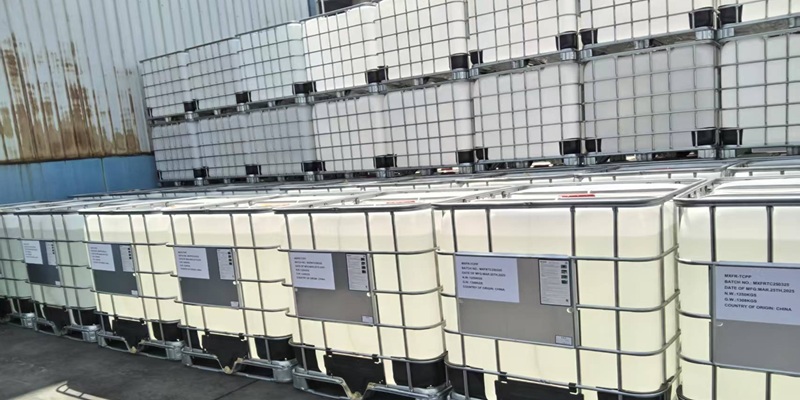Spray polyurethane foam (SPF) has gained a lot of attention in the building and insulation industry as an energy-efficient and durable insulation solution. Whether it is a residential, commercial or industrial application, spray foam insulation is widely recognized for its thermal performance, airtightness and long-term cost savings. But is spray foam insulation really a good idea? Let’s explore this question from the perspective of a polyurethane catalyst manufacturer, focusing on the science behind SPF and the critical role polyurethane catalysts play in their formulation.
What is Spray Foam Insulation?
Spray foam insulation is made by mixing two main liquid ingredients: isocyanate and polyol, along with catalysts, surfactants, flame retardants and blowing agents. Once sprayed, the mixture expands rapidly to form a rigid, closed-cell or open-cell foam that fills gaps, cracks and cavities, providing thermal insulation and an air barrier.
There are two main types of spray foam insulation:
- Open-cell spray foam: lightweight, low density, and has sound-absorbing properties.
- Closed Cell Spray Foam: Higher density, provides a vapor barrier and higher R-value per inch.
Why Spray Foam is a Good Idea
1. Superior Thermal Performance
SPF offers one of the highest R-values per inch compared to traditional insulation. This makes it ideal for buildings where space is limited but energy efficiency is required.
2. Air and Moisture Barrier
Spray foam creates a tight seal that reduces air leakage, moisture intrusion, and drafts. This helps prevent mold growth and improves indoor air quality.
3. Structural Strength
Closed Cell Spray Foam can increase the structural integrity of walls and roofs, making it ideal for areas with hurricane-prone or high winds.
4. Long Life and Cost Savings
Properly installed spray foam can last for more than 20 years without sagging or settling. The upfront cost is often offset by long-term energy savings and reduced HVAC use.
The Role of Polyurethane Catalysts in Spray Foam Insulation
Polyurethane catalysts are essential ingredients in spray foam formulations. They control the reaction rate between isocyanates and polyols, influencing the following key factors:
- Foaming speed (foaming reaction)
- Cure speed (gel reaction)
- Tack-free and rise profile
- Foam cell structure and surface quality
Our company specializes in high-performance amine and metal catalysts designed for SPF systems. Our catalysts, such as MXC-T, MXC-37, MXC-C15 and MXC-R40, offer the following features:
- Low emissions and minimal odor
- Balanced front-end delay and back-end cure
- Compatible with HFO blowing agents
- Enhanced adhesion to substrates
- Excellent foam rise control and surface cure
By optimizing catalyst selection, manufacturers can tailor foam systems to meet the needs of different spray foam applications, such as wall insulation, roofing, cold storage and pipe insulation.
Applications for Spray Foam Insulation Using Our Catalysts
Our polyurethane catalysts are used in a variety of SPF applications, including:
- Residential Insulation (Attics, Walls, Basements)
- Commercial and Industrial Buildings
- Refrigerated Warehouses and Cold Rooms
- Tank and Pipe Insulation
- Roof Systems and Sandwich Panels
We work closely with formulators and system companies to provide customized catalyst solutions that ensure performance, safety, and compliance with environmental standards.
Conclusion: Is Spray Foam a Good Idea?
Absolutely – Spray foam insulation is a smart long-term investment that improves energy efficiency and comfort. However, its effectiveness depends heavily on the right chemistry behind the foam. As a professional polyurethane catalyst manufacturer, we understand the science of SPF and are committed to helping our partners produce high-performance, low-emission foam systems.
If you are a spray foam manufacturer or system formulator looking for high-efficiency, low-odor, and environmentally friendly catalyst solutions, we invite you to explore our portfolio or contact our technical team for a consultation.
Interested in high-performance polyurethane catalysts for spray foam insulation? Contact us today at info@mingxuchem.com
Post time: Apr-08-2025

